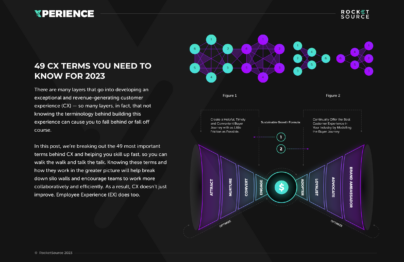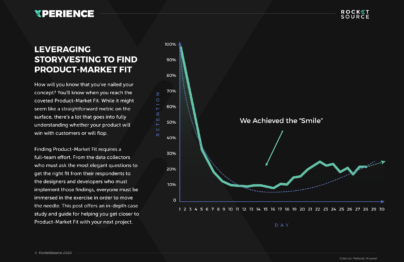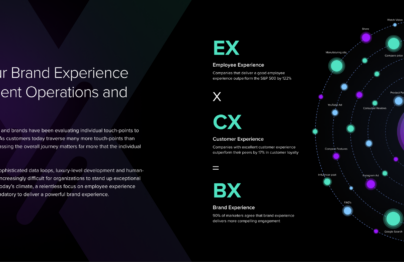Employee Experience (EX) to Customer Experience (CX) mapping
occurs when both experience scores are brought together into
a single model. This one model allows organizations to identify gaps
in the overall brand experience and determine operational alignment.
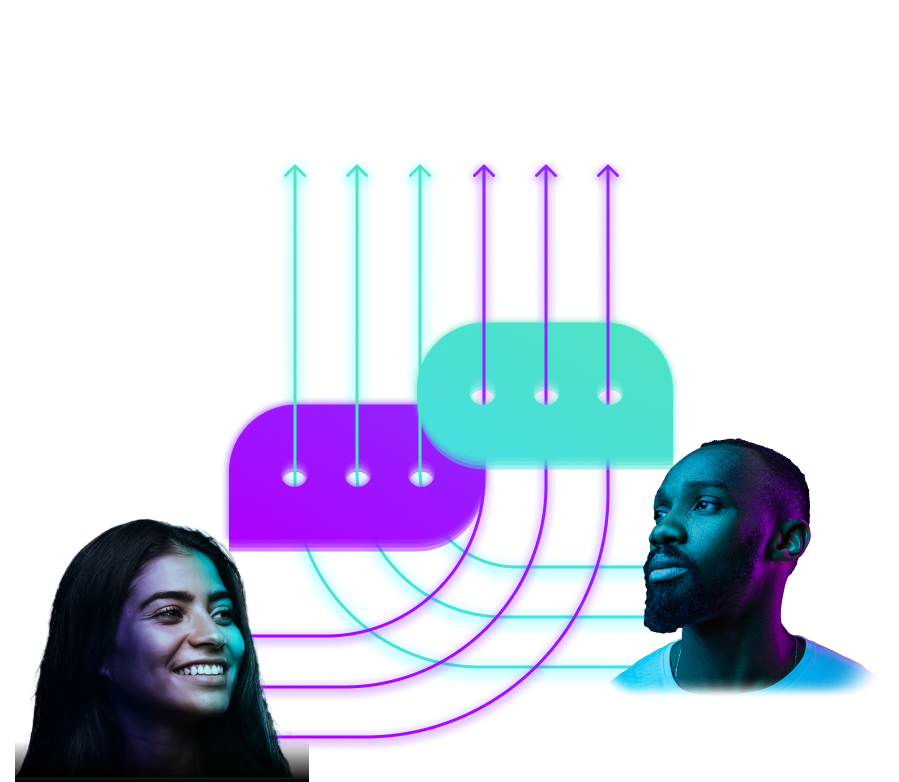
Gathering Internal Feedback
The process of mapping EX to CX starts by gathering internal feedback. This feedback is gathered at the cohort level, allowing organizations to break it down demographically, psychographically and behaviorally.
The feedback gathered through this process allows teams to better understand how to lighten the employees’ load and create a better EX, which ultimately translates to better CX. The data allows organizations to peel back the layers and reduce friction points, meet customer expectations, and refine processes.
Applying Your Findings to a Framework
Traditional customer and employee journey maps don’t go deep enough to pinpoint friction in either experience while simultaneously spotting misalignment. By leveraging a framework that uses EX to CX mapping, organizations are better equipped to understand the ripple effects of both journeys, making strategic shifts more impactful and less risky.
In our refined Customer Insights Map, we’ve broken away from the traditional approach and have now blended both experiences. In merging this qualitative and quantitative data, organizations can elevate their approach to EX to CX mapping, getting unprecedented insights for sentiment mining, driving initiatives up the organizational chain, and predicting where to invest.
This pragmatic, analytical, and empathetic lens is no easy feat but it’s critical when it comes to spotting problems and weaknesses along both journeys.
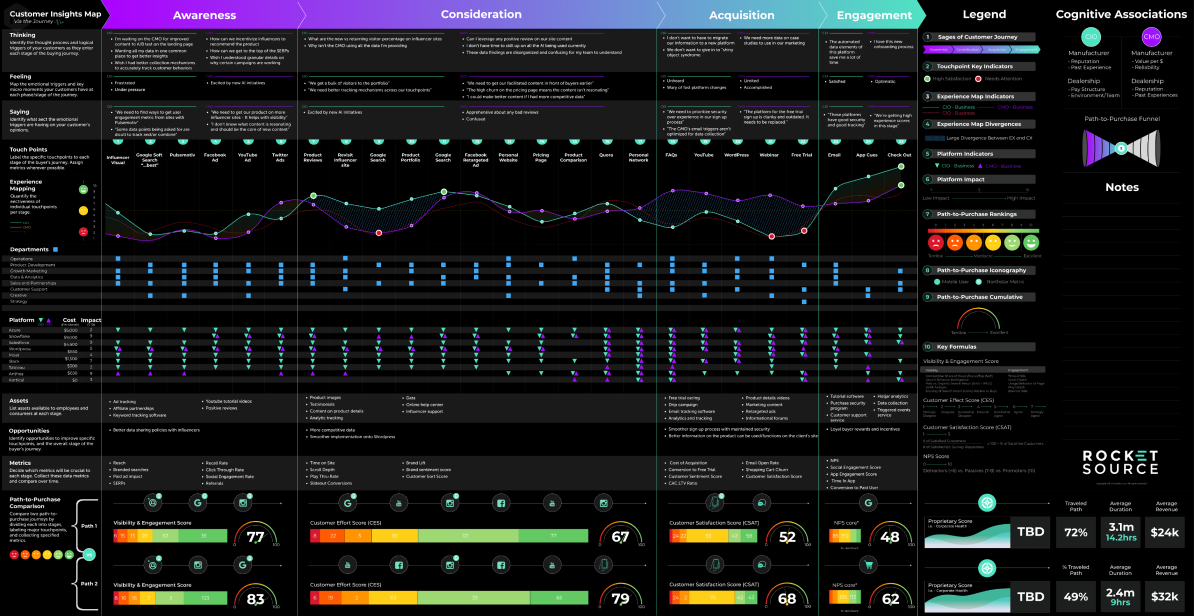
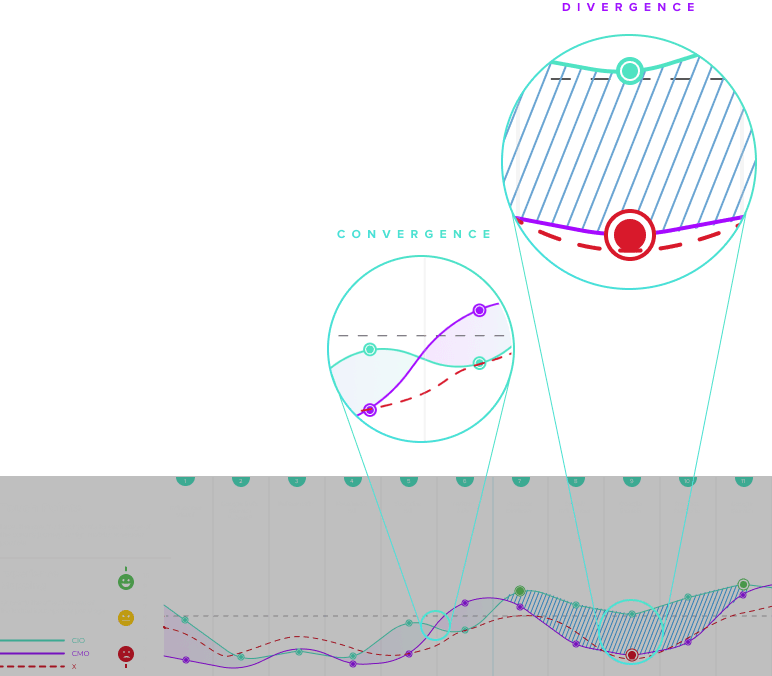
Mind the Gap: Visualizing Your Data
Your understanding of the buyer’s and employee’s needs across their journey is critical to growing and disrupting industry norms. EX to CX mapping allows organizations to visualize those journeys. Once mapped alongside each other, you can identify experience gaps across both journeys.
Tools to Guide Your Success
These frameworks and methodologies are critical for proper deployment of EX to CX mapping.
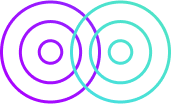
StoryVesting
The StoryVesting framework centers on the ripple effects of the brand and employee experience, and customer experience. In using this framework to guide how you question, how you map, and how you interpret the results, your organization can pinpoint the exact areas where experiences are out of alignment..

Modified Hoshin Exercises
The modified Hoshin methodology is a unique approach to brainstorming and prioritizing. While it’s done in silence, teams that walk through this experience come away with concrete decisions and closer team unity. Because everyone is on the same playing field, ideas have more merit to stand on rather than personal judgements being made.

Empathy Mapping
Empathy mapping lets teams take EX and CX data, and use it to understand the full experience of both cohorts. In taking what’s being said and comparing it to the actions being taken, organizations can gain a deeper insight into their team and buyers.

Business Impact Analysis
The Business Impact Analysis allows teams to set prioritize and plan project schedules. By determining the lowest hanging fruit, organizations can set schedules that will keep teams moving, while simultaneously ensuring that the EX and CX scores remain high.
Customer Experience (CX) Terms
- 360° Degree View of the Customer
- AI Ops
- Barlow Bands
- Behavioral Triggers
- Bow Tie Funnel
- Brick-to-Click
- Business Impact Analysis (BIA)
- Cognitive Computing
- Cohort Analytics
- Content Mapping
- Conversational User Guidance
- Customer Data Profile
- Customer Experience (CX)
- Customer Friction
- Customer Insights Map
- Customer Journey
- Customer Journey Mapping
- Customer Satisfaction (CSAT)
- Customized Ratios
- CX Intelligence
- CX Led Growth
- CX Metrics
- Data as a Product (DaaP)
- Data as a Service (DaaS)
- Data Culture
- Data Driven
- Data Engineering
- Data Fabric
- Data Governance
- Data Humanization
- Data Hygiene
- Data Looping
- Data Mapping
- Data Mining
- Data Modeling
- Data Monetization
- Data Swamp
- Data Visualization
- Data Warehouse
- Data-Centric
- Descriptive Analytics
- Diagnostic Analytics
- Digital Asset Management (DAM)
- Digital Transformation
- Dirty Data In Dirty Data Out
- Embedded Intelligence
- Empathy Mapping
- Employee Data Profile
- Employee Experience (EX)
- EX to CX Data Mapping
- EX to CX Mapping
- Experience Management (XM)
- Gap Analysis
- Generative AI
- Human-Centered Design (HCD)
- Journey Analytics
- Machine Learning (ML)
- Managed Agile Services on Demand
- Modified Hoshin
- North Star Metric
- Party Data
- Pathway to Purchase
- Predictive Analytics
- Product-Market Fit Mapping
- Real Time Design Looping
- Revenue Acceleration
- RevOps
- S Curve of Growth
- Stack Impact Analysis
- StoryVesting
- Table Stakes Testing
- The 3 P’s
- User Experience (UX)
- User Insights Map
- User Interface (UI)
- Voice of the Customer (VoC)
- Voice of the Employee (VoE)
- World Cloud Generator Sentiment Mining
- X Analytics

